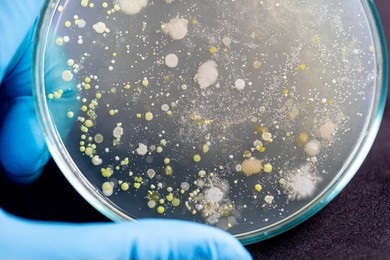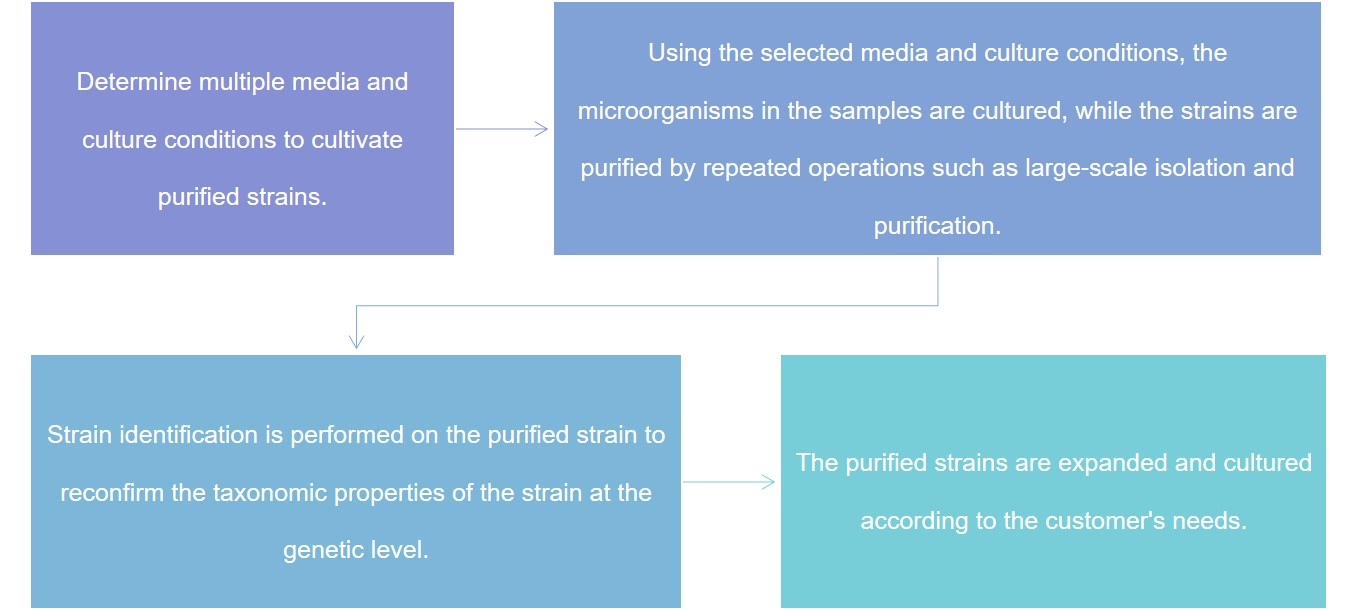Soil microorganisms include bacteria, fungi, and protozoa, and their biodiversity is extremely rich. The service functions of soil microorganisms in the terrestrial surface layer include degrading organic matter, driving nutrient cycling, and transforming various pollutants.

Soil microorganisms are also the drivers of material cycling in terrestrial ecosystems and are the basis for the formation and sustainability of soil fertility. With tens of billions of microorganisms per gram and millions of species known to exist in soil, it is recognized as the most complex and rich environment for biodiversity in the Earth system. Because of this, the soil has become the most active sphere in the Earth system for material transformation, and the soil sphere is considered to be the hub of interaction between the atmosphere, hydrosphere, lithosphere, and biosphere.
The various biogeochemical processes occurring in soils influence and regulate global climate change, food supply and security, soil degradation and restoration, conservation and protection of soil and water resources, migration and transformation of pollutants, and affect the sustainable development of human society.
Lifeasible analyzes the structure of soil flora using second-generation high-throughput sequencing, a method that allows us to obtain the species and relative abundance of microorganisms in soil samples. In addition, we have established a platform for aerobic/anaerobic isolation and culture of soil flora to provide efficient non-targeted isolation and culture of aerobic/anaerobic bacteria to help customers obtain most strains in soil samples.
 Figure 1. The basic process of soil microbial isolation and culture
Figure 1. The basic process of soil microbial isolation and culture
Lifeasible's soil strain identification tools include morphological observation, physiological and biochemical characterization, automatic BIOLOG carbon analysis, molecular biology, numerical identification of API bacteria, functional analysis, and functional genes, RAPD (random amplification of polymorphic DNA), SSCP (single-stranded conformation polymorphism), TLC (thin layer chromatography) analysis, whole-cell fatty acid analysis, (G+C) mol% determination, DNA/DNA homology determination, MALDI-TOF MS (matrix-assisted laser desorption ionization time-of-flight mass spectrometry which is fast, accurate, and convenient compared to traditional microbial identification), etc.
Lifeasible can analyze soil microbial profiles using high-throughput sequencing technologies, including metagenomic sequencing, 16S/18S/ITS (internal transcribed spacer) sequencing, 2b-RAD-M (2b restriction site-associated DNA sequencing for microbiome), etc.
For taxonomic analysis, Lifeasible first compares each high-quality sequence with the database to find the most similar genus with 80% confidence. After that, all sequences in each OUT (operational taxonomic unit) are compared by analogy. By doing so, the accuracy of the derived information can be ensured while retaining the most possible amount of information.
You can trust Lifeasible to provide professional soil microbial profiling services. For more information on our testing programs, please contact our staff and describe your questions or testing needs, and we will arrange for a professional engineer to answer your questions and provide you with one-on-one service.
Lifeasible has established a one-stop service platform for plants. In addition to obtaining customized solutions for plant genetic engineering, customers can also conduct follow-up analysis and research on plants through our analysis platform. The analytical services we provide include but are not limited to the following:
Get Latest Lifeasible News and Updates Directly to Your Inbox
Adaptive Evolutionary Mechanism of Plants
February 28, 2025
Unraveling Cotton Development: Insights from Multi-Omics Studies
February 27, 2025